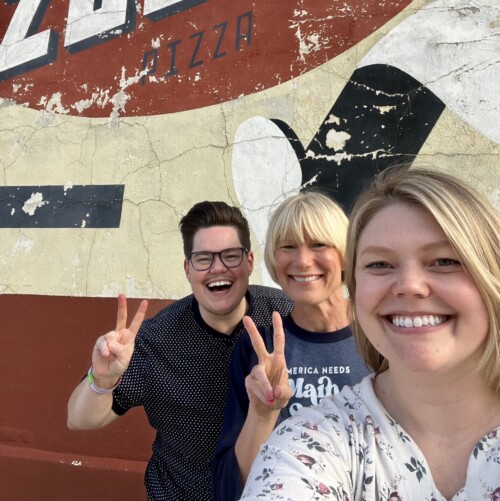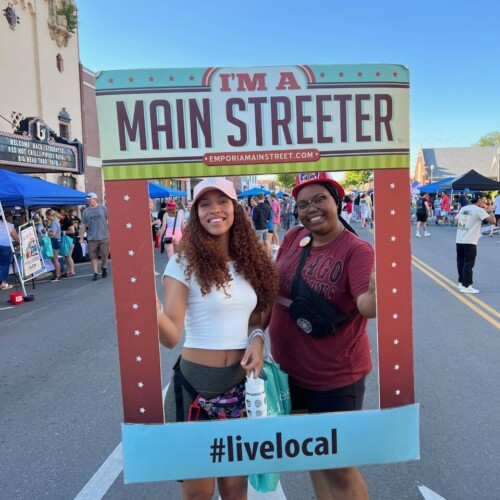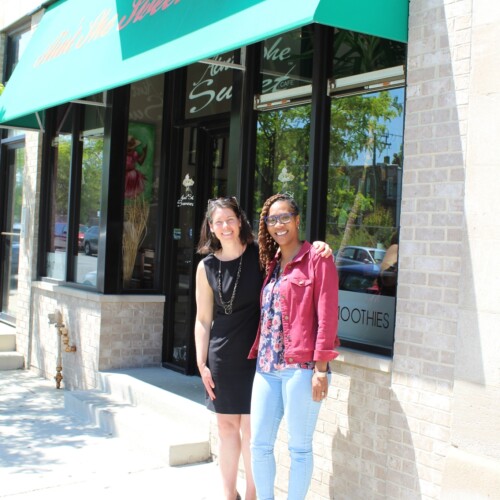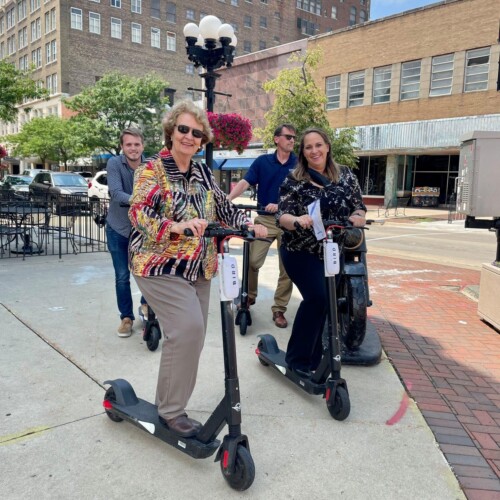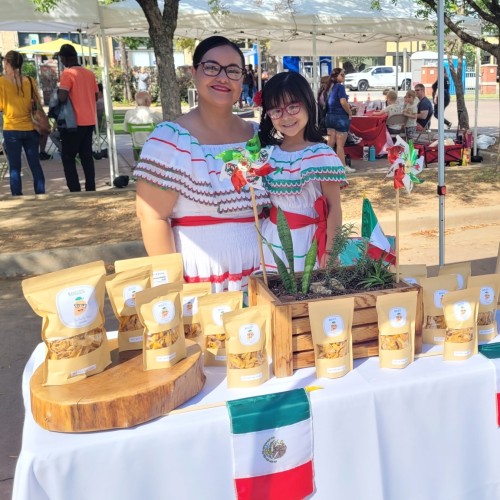May 12, 2020 | Main Spotlight: Recovery and Revitalization Depend on Understanding Human Psyche | By: Matthew Wagner, Ph.D., Vice President of Revitalization Programs, NMSC | 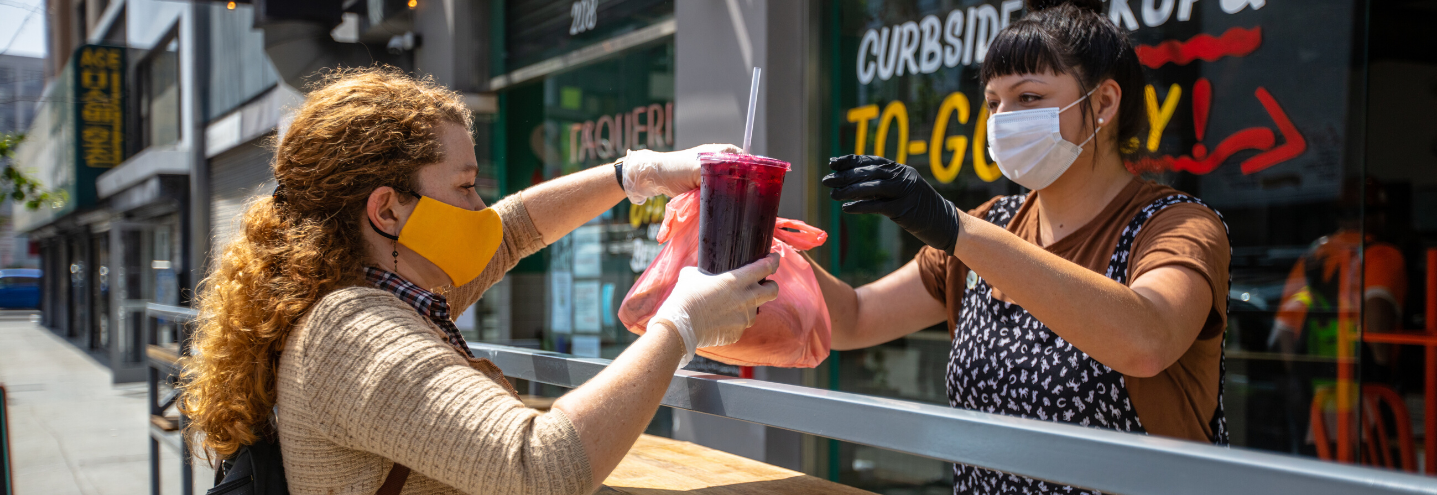 Downtowns and urban commercial districts across the U.S. won’t recover from the economic impacts of the global pandemic simply by way of government proclamations to reopen or a marketing campaign to bring customers back downtown. A return to bricks-and-mortar shopping and other downtown activities, such as getting a haircut, participating in a fitness class, eating in a restaurant, and attending a special event, will greatly depend on the ability to understand, influence, and comfort the human psyche.
Downtowns and urban commercial districts across the U.S. won’t recover from the economic impacts of the global pandemic simply by way of government proclamations to reopen or a marketing campaign to bring customers back downtown. A return to bricks-and-mortar shopping and other downtown activities, such as getting a haircut, participating in a fitness class, eating in a restaurant, and attending a special event, will greatly depend on the ability to understand, influence, and comfort the human psyche.
Test yourselves: how do you feel or respond when passing someone, and they cough or sneeze? When someone doesn’t “adhere” to social distancing guidelines in the grocery store, do you move away or get angry? Do you feel differently when standing near someone wearing a mask versus someone who is not? Even if policymakers say you are no longer required to observe social distancing, how will you feel?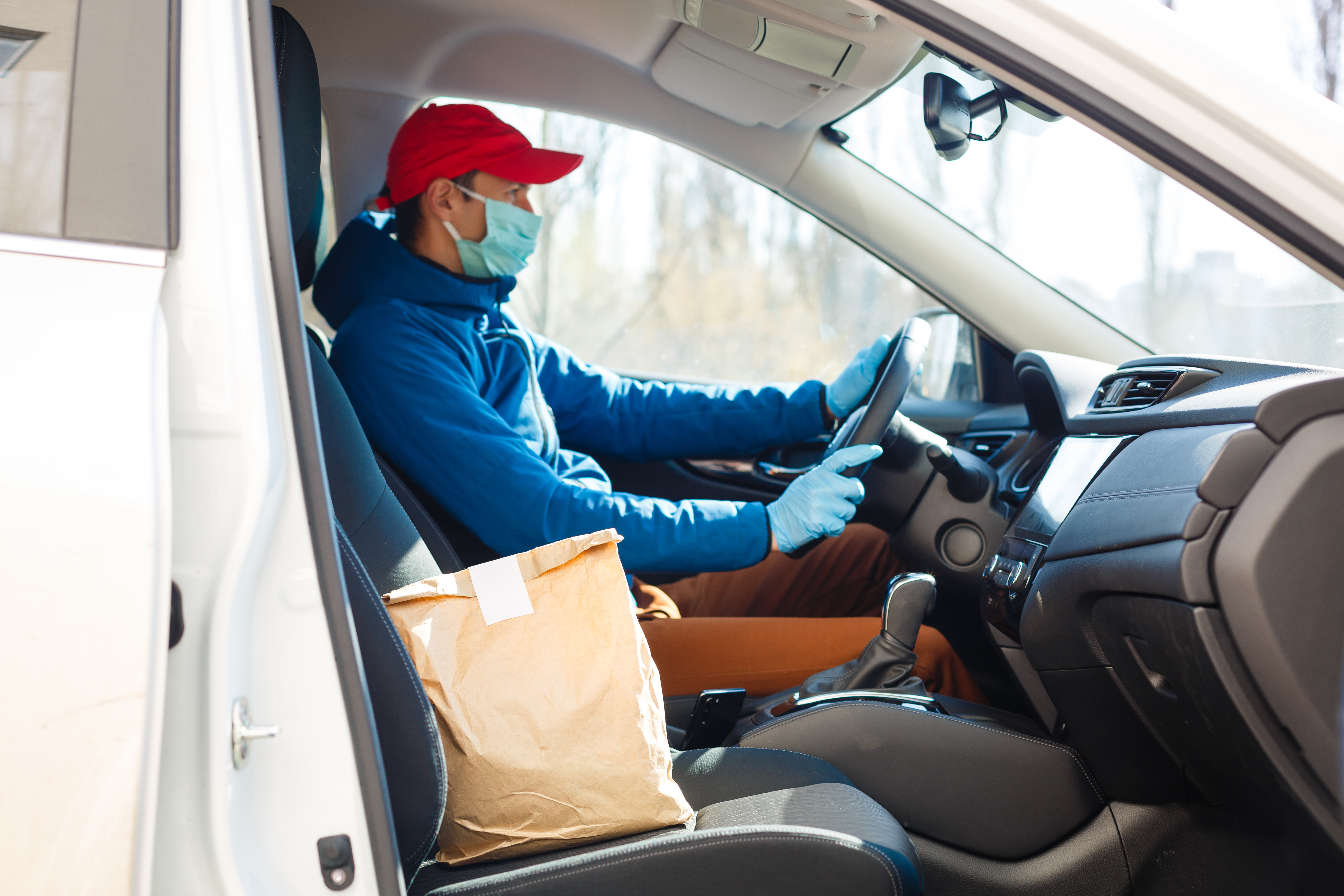
Human psyche relative to how we will respond to shopping downtown is influenced by both personal and environmental conditions, which lead to habit formation. For example, have you grown used to being able to swing past your favorite downtown restaurant and having them bring your food out to your car? Have runs through downtown and your local park taken the place of a treadmill at the gym? Research suggests on average it takes 66 days for people to form a new habit, but it can range from as few as 18 days to 264 days. As such, we should anticipate that our shopping, working, and social interactions have been deeply influenced at both the conscious and subconscious levels. Recent polling suggests the same:
- A survey by Coresight showed that more than two-thirds of respondents plan to avoid some kind of public place or plan to change travel plans after stay-at-home orders end. They further suggest Americans may be reluctant to head to public places, even as authorities allow doors to open again.
- A recent Washington Post/University of Maryland poll indicates that 67 percent of Americans, regardless of current restrictions, are uncomfortable going to a retail clothing store to shop, and 78 percent are uncomfortable eating at a restaurant.
- On a local level, in a survey of local residents conducted by Owosso Main Street in Owosso, Michigan, 70 percent revealed they would anticipate being open to attending an outdoor event if proper social distancing measures were in place, but 65 percent indicated they would not be comfortable with an indoor event.
Understanding human psyche should not be limited to consumers, which represent only one side of the district revitalization equation. The attitudes of small business owners have also changed and will play a key role in whether or not they decide to reopen. They will be influenced by their feelings about existing safety guidelines, employee safety, consumer safety, liability issues, and whether increases in e-commerce and delivery will be short-term or long-term shifts.
We see this being played out already in states that have allowed for non-essential business openings. For example, a survey by the McAllen Chamber of Commerce in Texas revealed that, despite the state’s lifting of business shut-down orders, 20 percent of the small businesses indicated a reluctance to reopen.
Inherent in all this data are underlying personal psychographic characteristics that include influences like media, health status, value systems, political preferences, and certainly place.
Given this dynamic situation, reopen proclamations and marketing campaigns are very limited in their ability to kick-start recovery. Businesses need to feel comfortable, protected, and have the tools to adapt business models to better meet the needs of consumers. Consumers need to feel comfortable in their personal safety, financial position (remember 30+ million unemployed), and formulating hybrid shopping habits that combine the good in new and old patterns of consumerism and social engagement.
Resources for Main Street Programs
Like the Main Street Approach, recovery planning and implementation must be comprehensive and strategic. To help inform a thoughtful response to the lifting of business restrictions in your community, you must start by gathering understanding from several “inputs.”
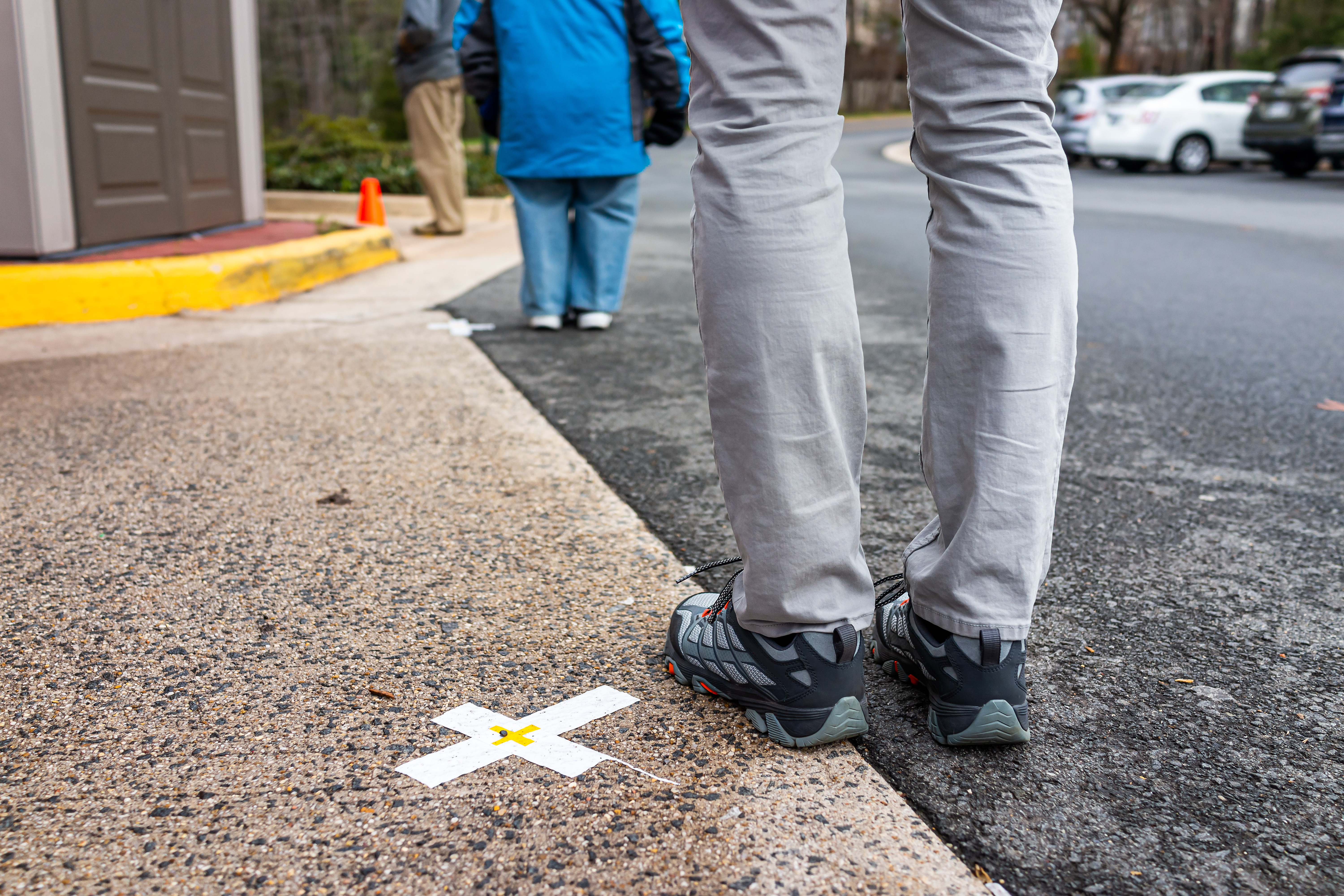
The first “input” involves collecting primary data around the human psyche status of both local consumers and small business owners. To help you in this effort, MSA has created a local resident survey designed for your use and adaptation, which will allow you to better understand current and likely consumer attitudes toward shopping and forms of social engagement. We have also created a set of interview questions designed to understand how your local businesses may approach reopening their stores both in the near and mid-term.
On a more macro level, no rural or urban district resides in a bubble. We are deeply influenced by trends at the national level; some will quickly go away, while others may be more rooted, to which commercial districts will need to adapt. In either case, as the proverbial saying goes, “when one door closes, another one opens.” While there will be closures and changes in our normal operations, there will undoubtably be opportunities more suited to changes in our district conditions. Thus, be prepared to understand how a more permanent number of people working from home may influence, for example, a downtown largely dependent on the office worker sector. What happens with office real estate, fast casual dining, etc. as a result? These changes may open the door for more adaptive reuse of upper floor office to housing, or new retail niches in office furniture and home décor.
And finally, it’s important to factor in the value of local assets and market strengths that should be both re-evaluated and leveraged in a recovery situation. The fundamentals of revitalization remain consistent. Thus, while there are certainly general things that we should consider in district management post-reopening, it is prudent to recognize that recovery will be built upon the unique characteristics and assets of a place, coupled with an understanding of consumers, small business owners, and macro-societal conditions.
For 40 years, the Main Street Approach has enabled commercial districts to comprehensively take on malls, big box stores, and even a pandemic. We don’t know how long recovery will take, but as always, we will need to be both comprehensive and strategic in our approach.
Disclaimer: This material has been prepared for informational purposes only and is not intended to provide, and should not be relied on for legal, insurance, liability, tax, or accounting advice. You should consult your own legal, insurance, tax, and accounting advisors for guidance on these matters.
Meet the Author
 Matthew Wagner, Ph.D., Vice President of Revitalization Programs: Matthew Wagner, Ph.D. serves as Vice President of Revitalization Programs at the National Main Street Center, Inc. In this role, he is responsible for driving the Center’s field service initiatives including the development and delivery of technical services for Main Street America and Urban Main programs, directing the Center’s new research agenda, as well as professional development programming through the Main Street America Institute.
Matthew Wagner, Ph.D., Vice President of Revitalization Programs: Matthew Wagner, Ph.D. serves as Vice President of Revitalization Programs at the National Main Street Center, Inc. In this role, he is responsible for driving the Center’s field service initiatives including the development and delivery of technical services for Main Street America and Urban Main programs, directing the Center’s new research agenda, as well as professional development programming through the Main Street America Institute.
Read Matthew's bio.
